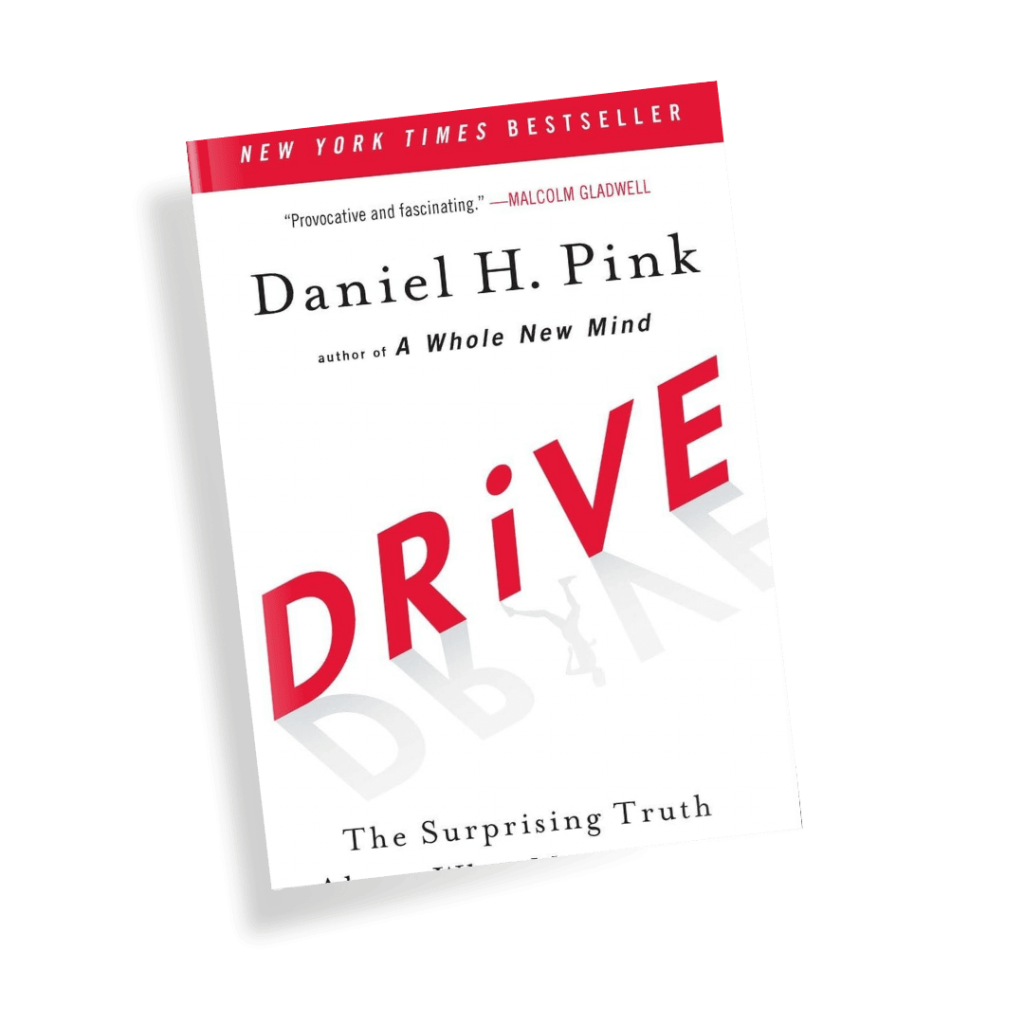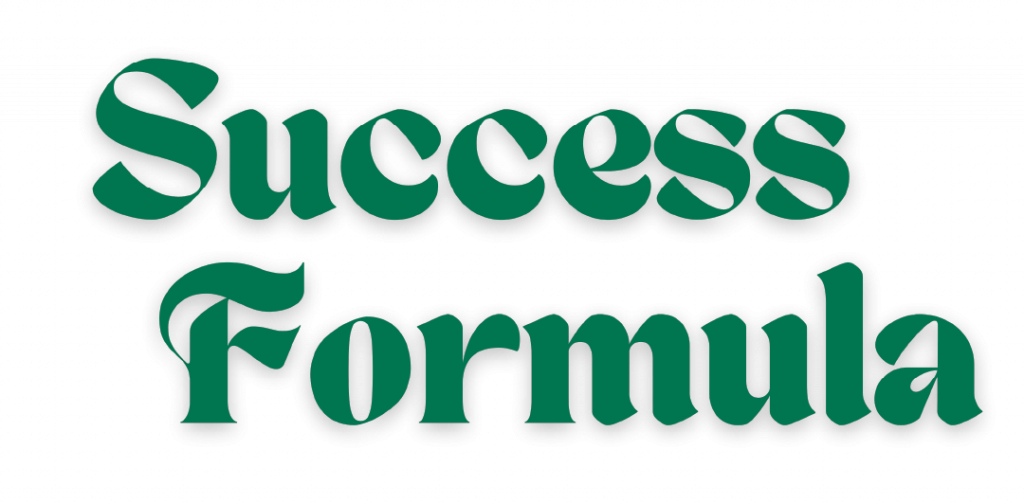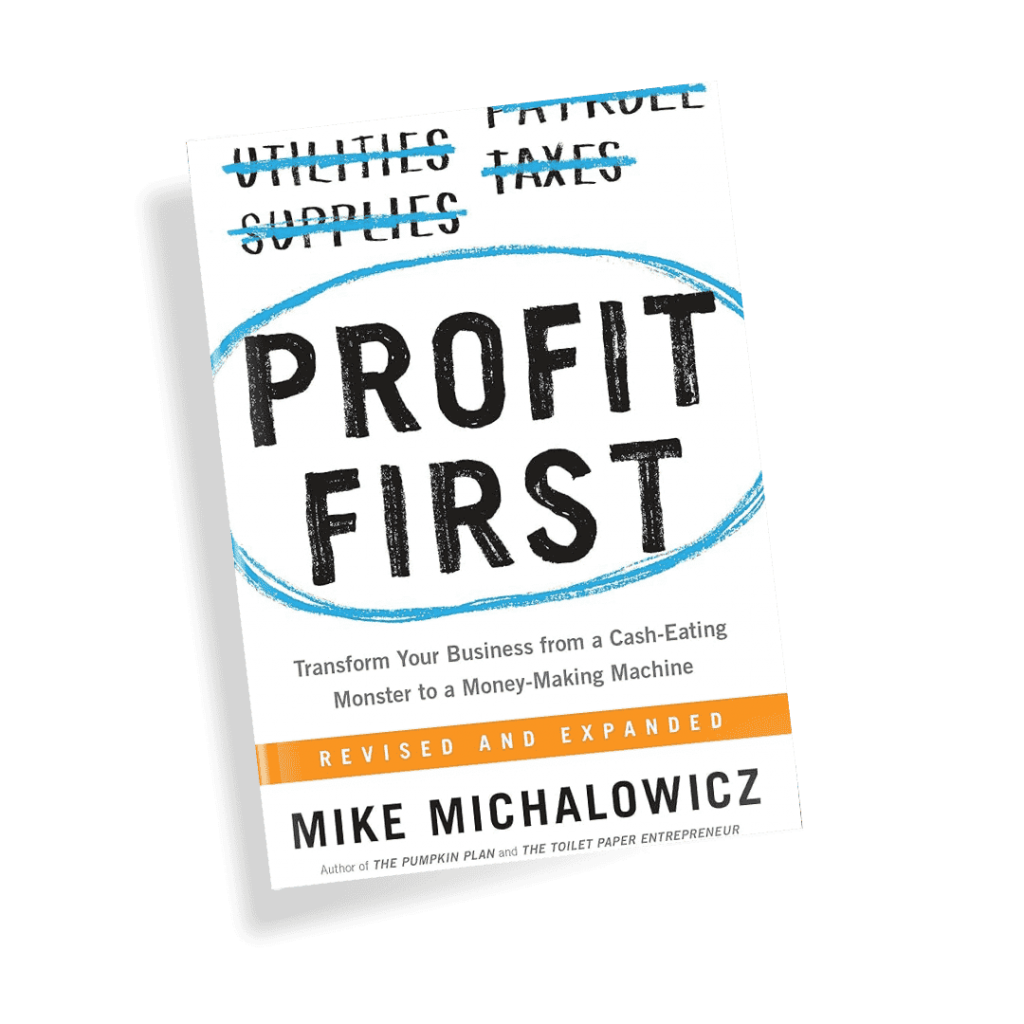Drive by Daniel H. Pink
February 20, 2024 2024-11-05 15:39Drive by Daniel H. Pink
Reignite Motivation at Work
Key Lessons from Drive by Daniel H. Pink

Control leads to compliance; autonomy leads to engagement
Daniel H. Pink
9 Key Takeaways from the Book
The Carrot-and-Stick Approach is Outdated
Pink explains that the traditional “carrot-and-stick” model of motivation—using rewards and punishments—is no longer effective, especially in jobs requiring creativity. Modern work requires intrinsic motivation, not external rewards.
Extrinsic Motivation Dulls Creativity
For tasks requiring problem-solving, offering financial incentives often hampers performance by adding pressure. Pink illustrates that excessive reliance on external rewards can kill creativity and diminish motivation over time.
Embrace Intrinsic Motivation for Fulfillment
Intrinsic motivation—doing something for the sheer enjoyment—drives creativity and job satisfaction. Activities that evoke passion, curiosity, or fun align with our natural inclination for mastery and engagement.
Shift to Motivation 3.0
Pink’s “Motivation 3.0” framework involves three elements: autonomy (control over one’s work), mastery (desire to improve), and purpose (finding meaning in the work). This approach replaces outdated reward systems with motivation tailored to today’s workforce.
Foster Autonomy in the Workplace
Autonomy over tasks, time, team, and technique empowers employees and boosts engagement. Giving people control over how they work allows them to find personal value in their tasks.
Mastery Requires Challenging Work
Mastery, or the desire to improve skills, requires tasks that are challenging but not overwhelming. Pink explains that to keep motivation high, work must be interesting, push one’s abilities, and provide opportunities for growth.
Purpose Drives Long-Term Motivation
Aligning with a greater purpose energizes employees and fosters long-term dedication. Pink argues that people work harder when they know their efforts are contributing to something meaningful beyond personal gain.
Ask If Your Product Should Form Habits
Strive for a State of Flow: Flow, a state where one is fully immersed in an activity, is a key indicator of intrinsic motivation. Employees who periodically experience flow are generally happier and more productive.
Extrinsic Rewards Can Undermine Intrinsic Drive
Over time, monetary rewards can erode intrinsic motivation, leading to disengagement. Rather than using external incentives as the primary motivator, focus on creating a supportive environment that enhances autonomy, mastery, and purpose.

Sustainable Motivation = Autonomy + Mastery + Purpose
True motivation comes from within. When people have the freedom to work their way, improve their skills, and feel a sense of purpose, their performance and satisfaction soar.
– Coach Ramesh S
The secret to high performance isn’t our biological drive or reward-punishment mechanism, but our desire for autonomy, mastery, and purpose
– Daniel H. Pink
Summary Note
Drive by Daniel H. Pink advocates for intrinsic motivation in today’s workplace. By fostering autonomy, mastery, and purpose, organizations can inspire employees to work with enthusiasm, innovation, and sustained engagement—replacing outdated reward systems with a deeper, more effective form of motivation.
Explore More

For More Details
Ready to elevate your business? Our tailored coaching programs help entrepreneurs unlock their potential and achieve sustainable growth. Start with a free strategy session to discover your roadmap to success!


